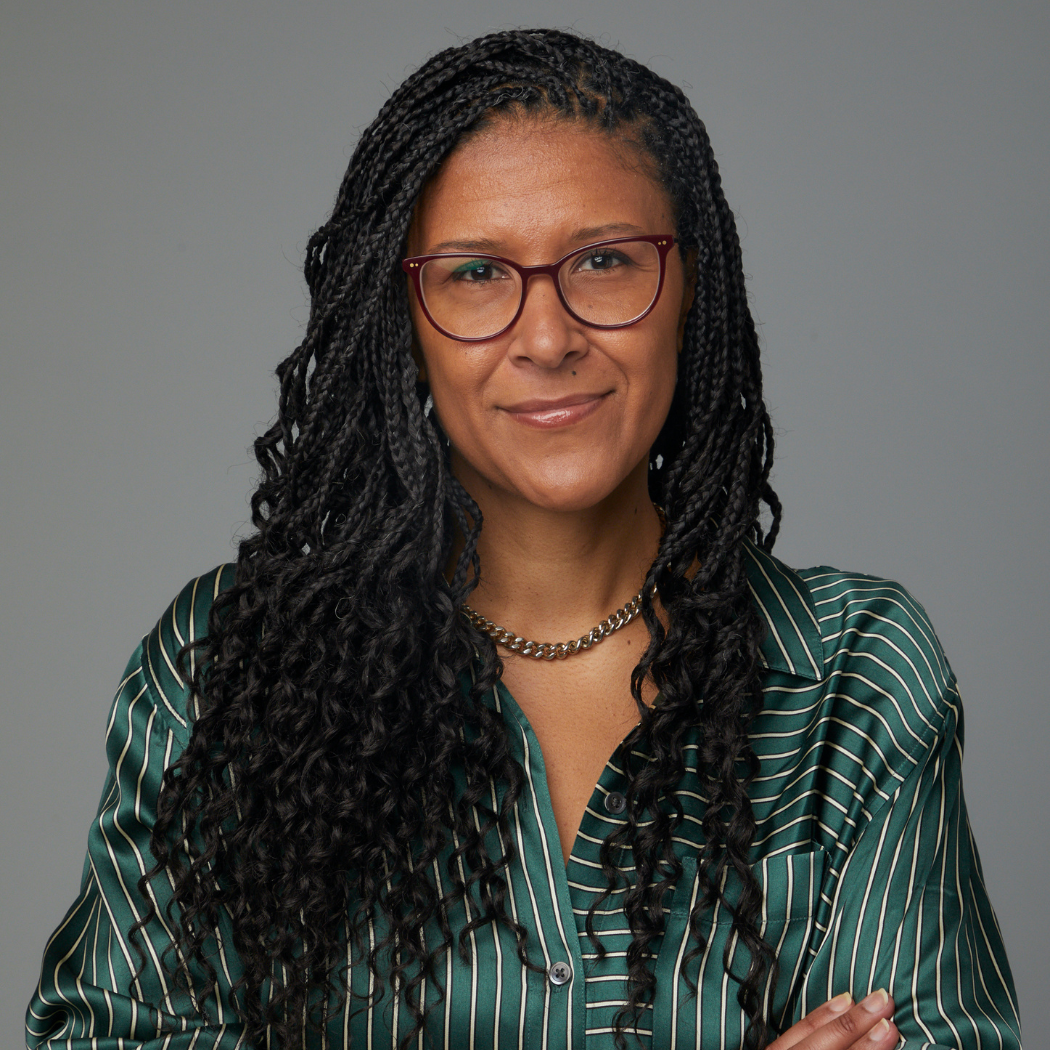
NEW YORK – The Institute for Public Relations and Peppercomm have released an in-depth new e-book, “Leadership Perspectives: Leading and Looking Ahead Through COVID-19,” focused on critical topics affecting the public relations industry while looking ahead to the future of public relations and communication.
The e-book features 30 profiles and interviews with communication executives and senior leaders from corporations, public relations agencies, nonprofits, and universities. In addition to talking about the impact of COVID-19 and the increased importance of internal communication, other topics include:
–Return to work
–Future of business and the industry
–Diversity, equity, and inclusion initiatives and the impact of Black Lives Matter protests
–Corporate purpose
“Organizations had to pivot quickly from external promotion to internal engagement when COVID-19 began,” said Tina McCorkindale, Ph.D., President and CEO of the Institute for Public Relations. “Communication executives have had to be more nimble, make decisions quicker, and not get stymied by the process as more stakeholders increasingly expect companies to be catalysts for positive change.”
Jennifer Mauer, Head of Global Corporate Communications at Merck, said this pandemic has elevated the value of communication.
“We know that in times of great uncertainty, people seek transparency, guidance, and help to make sense of what has happened,” said Mauer. “The role of communication has become even more important with the majority of employees telling us that they trust communications from their own organization more than other sources.”
RETURN TO WORK
Plans for returning to the workplace are still in development, as communication executives are heavily involved in helping manage the return to work, including multiple “office” openings on a global scale and timeline, which depends on country-specific governmental and local guidance, science, and other factors.
Many leaders mentioned a phased approach for returning to the office to promote social distancing, including other measures such as rearranged workspaces, personal protective equipment, and temperature checks. Some leaders are helping manage the communication of facilities where employees have already physically returned or never left, especially essential workers in healthcare or PPE producers, research facilities, or those on the frontline.
Ray Day, Vice Chair of Marketing and Communications at Stagwell, said, “As we all eventually seek a return to normalcy, we know it will be a slow and phased return across the country. American workers have asked for safety before returning to the office, and employers will need to take that into account and remain flexible.”
THE FUTURE OF BUSINESS AND THE INDUSTRY
Many leaders agree that business will never be the same as before COVID-19. Communication executives predict that more business will take place virtually, including more digital advocacy, transformative technologies, and telemedicine in the healthcare industry.
“I think that this pandemic will undoubtedly catalyze change,” said Sarah Crawshaw, Managing Director, Asia Pacific, at Taylor Bennett Heyman. “Businesses will adjust to a new world that is much more localized. I think they will ultimately create more headcount in countries where they have local business operations, but they’ll do so having slimmed down on their regional centers.”
Executives also said the traditional concept of “work” will change, including the physical office space and a flexible work approach.
“While it’s hard to predict the depth of the impact on the business world overall, one thing we all will agree on is that the pre-COVID-19 office as we knew it will no longer exist,” said Geoff Curtis, Executive Vice President of Corporate Affairs and Chief Communications Officer for Horizon Therapeutics.
Additionally, stakeholders trust companies more and expect them to help solve major global issues and important policy matters.
DIVERSITY, EQUITY, & INCLUSION
While leaders acknowledged the ongoing importance of diversity, equity, and inclusion (DE&I) in their companies during COVID-19, the death of George Floyd and the global protests that followed were a “turning point” or catalyst for more inclusive programming.
“Our goal at Conagra is to work together in a peaceful and constructive manner, where everyone has a voice and must be heard,” said Jon Harris, Senior Vice President and Chief Communications Officer at Conagra. “We used our internal and external channels to underscore our belief that racial injustice is wrong and to promote our timeless values, which include integrity, broad-mindedness, and leadership.”
Many leaders said that DE&I programs at their companies remained a priority throughout COVID-19, referencing that DE&I is embedded in their corporate purpose. A vast majority of respondents said their organizations are improving or expanding diversity, equity, and inclusion (DE&I) initiatives. Some noted their companies still have some work to do to strengthen DE&I.
However, some were skeptical about the long-term commitment to the Black Lives Matter movement due to the past performance of the industry.
“Within public relations, D&I has mostly been lip service,” said Jennefer Witter, CEO and Founder of The Boreland Group. “But let’s see what companies do. It’s easy to say you support Black Lives Matter now, and it’s easy to do the black square. But let’s see where you are in six months. Let’s see if you’ve taken the talk and made it into the walk.”
CORPORATE PURPOSE
Corporate purpose and company values have served as a “North Star” for communication executives, serving as their primary guide for decision-making during COVID-19. Most noted that purpose is embedded in the organization, and the health and safety of their stakeholders were most important.
“As a purpose-driven organization rooted in CSR-based management, responding to global health crises locally and globally, and working to ensure access to health is at the heart of what we do,” said Moyra Knight, Vice President, Corporate Communications, Astellas US, President, Astellas Global Health Foundation.
Many respondents who mentioned corporate purpose also noted the importance of giving back and shared how they actively contributed to the community through in-kind donations, monetary support, and matching employee donations.
“Astellas has provided financial assistance to support local and global communities; supported employee volunteerism and company-matched donations to humanitarian organizations; and supported legislative policies focused on the wellbeing of our employees, healthcare professionals, patients, and partners,” said Knight.
LIST OF CONTRIBUTORS
Thirty communication leaders participated in a Q&A or provided stories and their perspectives in this new e-book. The contributors (29 are listed below as one chose to remain confidential) include:
|
Barbara Bates, Hotwire |
Jenn Mauer, Merck |
COVID-19 REPORTS
This e-book is the third co-branded report during COVID-19 by IPR and Peppercomm. The first two reports were quantitative. The first report, “COVID-19: How Businesses Are Handling the Crisis”, focused on how communication executives were handling COVID-19. The second report, “Special Report: How Companies Are Engaging Employees During COVID-19”, focused in-depth on how companies were communicating internally.
IPR has compiled a robust research center focused on COVID-19.
To access the e-book, please visit https://instituteforpr.org/leadership-perspectives-covid19/.
###
Methodology
This report includes interviews and written posts from 30 industry executives conducted through email and over the phone from May 21 to June 25, 2020. Due to the sample size and qualitative nature of this report, the results cannot be generalized to all communications executives.
About the Institute for Public Relations
Founded in 1956, the Institute for Public Relations is an independent, nonprofit foundation dedicated to the science beneath the art of public relations.™ IPR creates, curates, and promotes research and initiatives that empower professionals with actionable insights and intelligence they can put to immediate use. IPR predicts and analyzes global factors transforming the profession, and amplifies and engages the professional globally through thought leadership and programming. All research is available free at www.instituteforpr.org and provides the basis for IPR’s professional conferences and events.
About Peppercomm
Peppercomm is an award-winning strategic, integrated communications and marketing agency headquartered in New York City with offices in San Francisco and London. The firm combines 25 award-winning years of expertise serving blue-chip and breakout clients with forward-thinking new service offerings and the freshness of a start-up. This unique mix of experience and energy enables the firm to attract and empower teams with a creative edge, drive, and passion for promoting, protecting, and connecting clients in a fast-changing marketplace. Founded in 1995, Peppercomm has received numerous accolades, including The Holmes Report’s North American Corporate/B2B Agency of the Year and Bulldog Reporter’s Midsized Agency of the Year. The agency has been listed as one of Fortune’s 10 Best Workplaces in Advertising and Marketing, 100 Best Workplaces for Women, 50 Best Small and Medium Workplaces, and 50 Best Workplaces for New College Grads. For more information, visit www.peppercomm.com or follow us @Peppercomm.
Media Contacts:
Nikki Kesaris
Communications Manager
Institute for Public Relations
nikki@instituteforpr.org
352-392-0280
Paul Merchan
Peppercomm
pmerchan@peppercomm.com
212-931-6172



